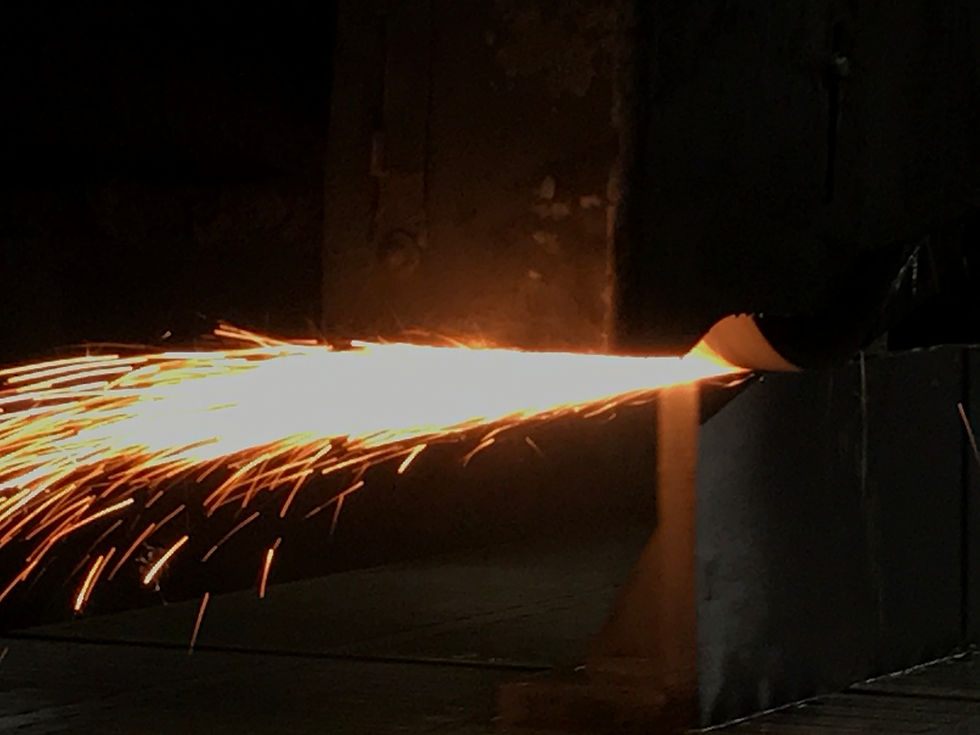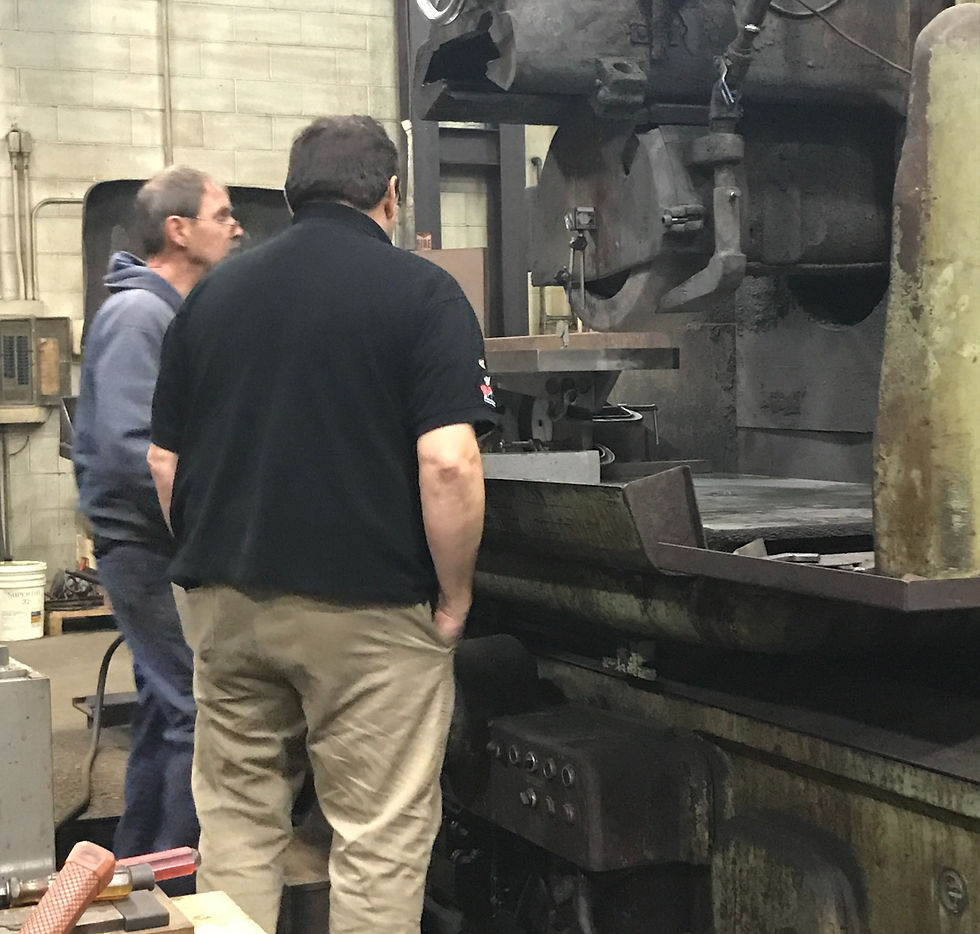Obsidian Manufacturing Grinding Safety Tips
- Ben Nordman

- Jun 3, 2021
- 3 min read
Updated: Aug 13
National Safety Month might shine a spotlight on what you can do to decrease the risk of a workplace injury, but in reality, time should be constantly dedicated to keeping your workers safe.
The United States Bureau of Labor Statistics lists the manufacturing industry as having 395,300 workplace injuries in its 2019 Survey of Occupational Injuries & Illness, ranking as the third most dangerous profession from those surveyed.
Even without those numbers, it is a given that manufacturing is a tough industry in terms of safety protocols and minimizing risk. Doing everything a company can do to minimize the possibility of a workplace injury must be the top priority among workplace procedures.
Here at Obsidian, not only are we the OEM of Magna-Lock USA, MagnaLift & Power-Grip, and Arter Precision Grinders, but we also operate our own large capacity grind shop, with five permanent grinders in our shop, with used Arter machines coming and going.
Grinding is the process of making a workpiece flat and smooth. The use of an abrasive grinding wheel grinds away any excess metal material. This process is a procedure that needs many safety precautions, and without those precautions and protocols in place, it can be dangerous.
There are a few easy ways to stay safe while operating a grinder and running a grind shop, though, and they are more obvious than they seem.

Training
An extensive training process should be done with all operators of heavy machinery, and there is no difference in operating grinders. Going from someone who has no experience to being a seasoned grinding operator takes a lot of time and investment in proper training.
Setting up a plan from introducing the operator to the basics of a surface grinder to the point of operating the machine on their own is essential to the success of the employee as well as the company's safety protocols. Putting proper training in place and having clear instructions on following those guidelines after the process is complete can eliminate the need to address most of the other items on this list.
Proper Machine Usage
A few things can be bundled up into this category. First, most grinders have guards in place that prevent chips and sparks coming from the material from reaching the operator. Using those guards significantly decreases the possibility of injury to the operator as they monitor the grinding process.

Speaking of which, watching over the grinding as it is completed is important to preventive safety. While doing other things as the work is being done could save some time, the fact of the matter is that safety needs to come before time management.
Another commonality on most grinders is the workholding. Typically, in electromagnetic or vacuum systems, the workholding plays an important part in the grinding process, holding the part in place.
While meant to last for decades if taken care of correctly, the workholding devices on all grinders break down over time and with heavy usage. It is important to make sure the device is held correctly in order to safely operate the grinder.
If not held correctly, the material being ground could potentially be thrown off the grinder, with obvious implications that follow. Rebuilds and maintenance on your chucks are necessary to prevent this from happening.
Additionally, any chucks working in tandem on a grinder need to be ground in together to ensure a flat surface for holding your work.
Proper Equipment and Signage

The proper safety equipment needed for grinding is essentially the same for all aspects of manufacturing. Eyewear, tighter-fitting clothes, proper footwear, etc., are a good start for any manufacturing technician, and the same is true when surface grinding.
An important aspect of knowing the proper equipment is also using the proper signage posted throughout the shop. Eye protection required, infographics, and anything that would be able to show the operators what they need to be wearing are an important part of safety measures taken by a company.
To wrap up, the numbers may be high for manufacturing injuries in the United States, but there are easy and simple ways of preventing such safety issues, especially when it comes to surface grinding. While these tips and tricks can be generally found as good for grinding safety and shop safety, your own protocols could and should differ based on your own situation.
If you want to learn more about Obsidian Manufacturing, what we can do for you, and our brands, check out the link HERE.




Comments